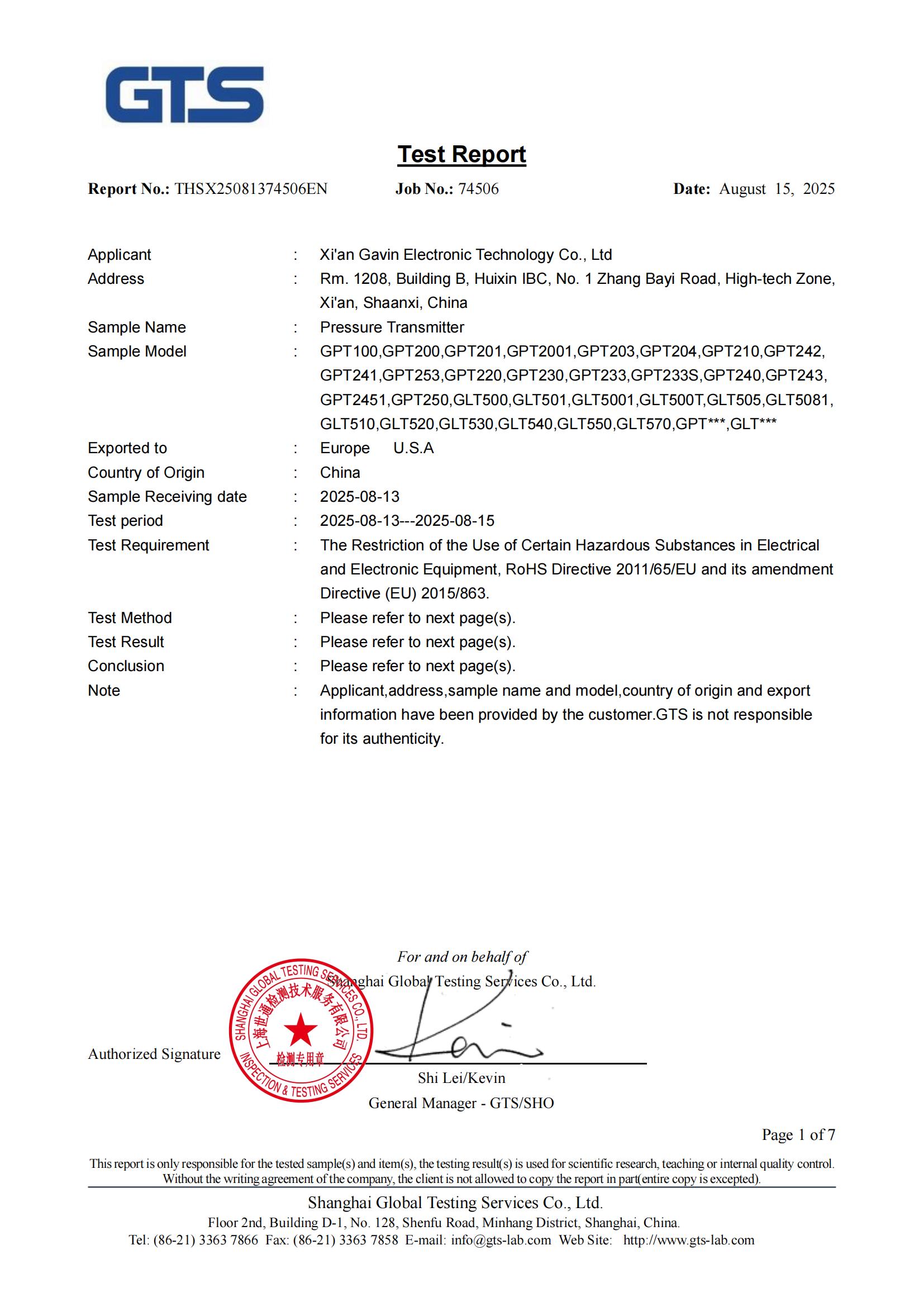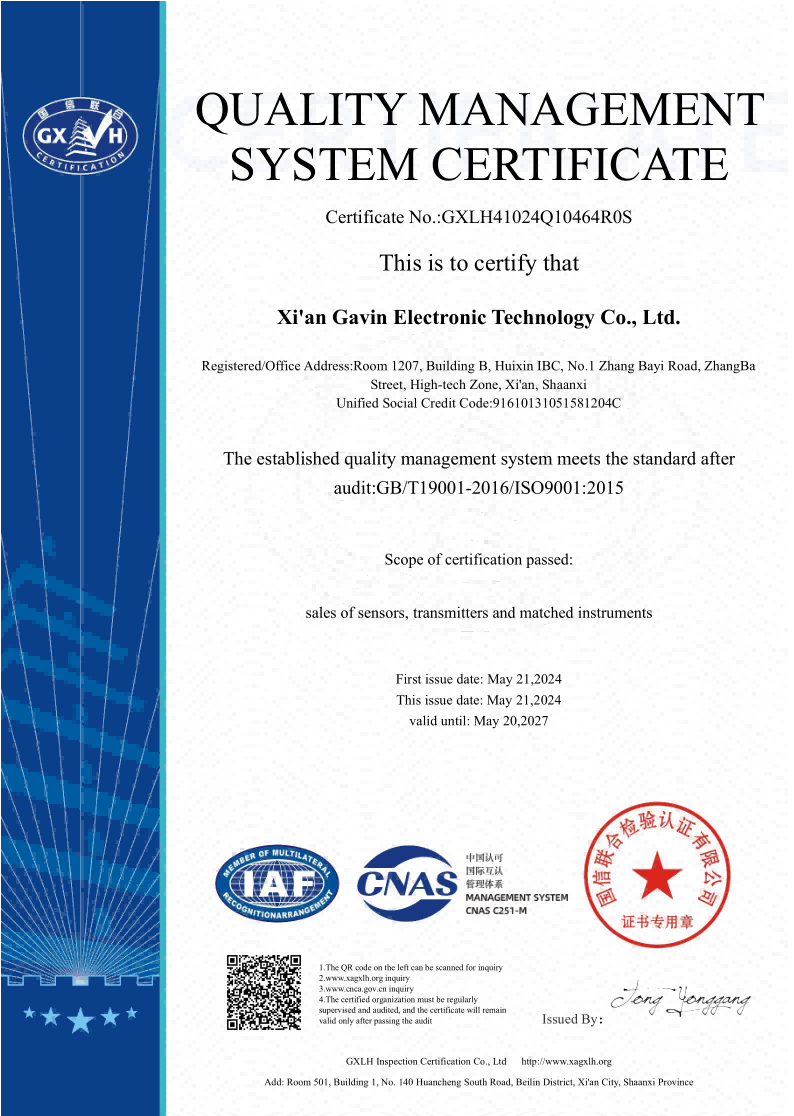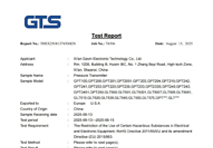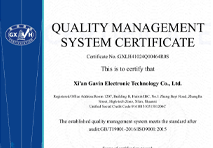Wireless Pressure Sensors for Smart Monitoring
How Wireless Pressure Sensors Enhance Efficiency?
Wireless pressure sensors are changing the way industries keep an eye on things by sending data in real time without the need for complicated equipment. These high-tech technologies make things more efficient, save maintenance costs, and make things safer in a number of fields. Wireless pressure sensors use IoT technology to allow for remote monitoring and predictive maintenance. This makes them essential for smart factories and Industry 4.0 projects. This article talks about the pros, uses, and how to choose wireless pressure sensors for smart monitoring systems.
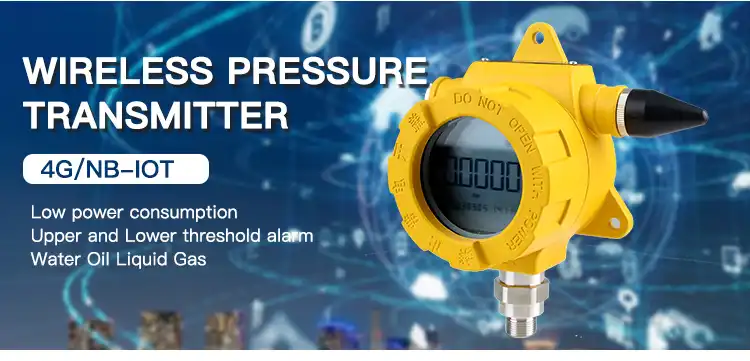
How Wireless Pressure Sensors Enhance Efficiency?
Wireless pressure sensors are revolutionizing industrial processes by offering several key advantages over traditional wired systems. Let's explore how these innovative devices are boosting efficiency across various sectors.
Real-time Data Collection and Analysis
One of the best things about wireless pressure sensors is that they can give you data right away. These sensors keep an eye on pressure levels all the time and send information in real time, which lets you analyze and make decisions right away. This quick data gathering makes it possible to:
- Quickly find possible problems or strange things
- Setting up maintenance ahead of time
- Making processes better depending on how things are right now
Companies may cut down on downtime and make their operations more efficient overall by using real-time data.
Reduced Installation and Maintenance Costs
Installing traditional wired pressure sensors can be expensive since they need a lot of wiring and other infrastructure. Wireless pressure sensors eliminate the need for extensive wiring, resulting in:
- Cheaper installation costs
- Quicker timeframes to deploy
- Less need for maintenance
Also, wireless sensors can be readily moved or added to systems that are already in place without having to spend a lot of money on rewiring. This makes industrial installations more flexible.
Enhanced Safety and Accessibility
Wireless pressure sensors are much safer, especially in places that are dangerous or hard to get to. These sensors make it possible to do the following without needing physical connections:
- Watching over risky regions without putting people's safety at risk
- Getting to data from faraway or small places is easy
- Less likely to have accidents because of damaged or interfering cables
Not only does this better safety profile safeguard workers, but it also makes sure that the company follows strict industry rules.
Scalability and Integration
Wireless pressure sensors are highly scalable, allowing enterprises to extend their monitoring capabilities simply. These sensors may be easily added to current IoT systems, which makes it possible to:
- Collect data from many places at once
- Working with other smart devices and systems
- Making monitoring networks that are stronger and more linked
This flexibility guarantees that monitoring solutions may expand alongside business needs, offering long-term value and adaptability.
Top Applications of Wireless Pressure Sensors in Industry
Wireless pressure sensors have found their way into numerous industrial applications, revolutionizing monitoring and control processes. Let's explore some of the key sectors benefiting from this technology.

Oil and Gas Industry
In the oil and gas sector, wireless pressure sensors play a crucial role in ensuring safety and efficiency. They are used for:
- Monitoring wellhead pressure in remote locations
- Leak detection in pipelines
- Tank level monitoring in storage facilities
By providing real-time data on pressure variations, these sensors help prevent catastrophic failures and optimize production processes.
Water and Wastewater Management
Wireless pressure sensors are instrumental in modernizing water and wastewater systems. They assist in:
- Detecting leaks in water distribution networks
- Monitoring pump performance in treatment plants
- Ensuring proper pressure levels in water mains
These applications lead to improved water conservation and more efficient resource management.
Manufacturing and Process Industries
In manufacturing settings, wireless pressure sensors contribute to process optimization and quality control. They are utilized for:
- Monitoring hydraulic and pneumatic systems
- Ensuring consistent pressure in molding and forming processes
- Detecting pressure drops in filtration systems
By providing accurate, real-time pressure data, these sensors help maintain product quality and reduce waste.
Healthcare and Pharmaceuticals
The healthcare sector benefits from wireless pressure sensors in various applications, including:
- Monitoring pressure in sterilization equipment
- Ensuring proper pressure in medical gas systems
- Controlling pressure in bioreactors for pharmaceutical production
These applications contribute to improved patient safety and more efficient drug manufacturing processes.
Aerospace and Aviation
In the aerospace industry, wireless pressure sensors are critical for both safety and performance. They are used for:
- Monitoring cabin pressure in aircraft
- Measuring fuel pressure in engines
- Assessing hydraulic system performance in flight controls
By providing accurate pressure readings in these critical systems, wireless sensors help ensure the safety and efficiency of aircraft operations.
Choosing the Right Wireless Pressure Sensor for Accuracy
Selecting the appropriate wireless pressure sensor is crucial for ensuring accurate and reliable measurements. Consider the following factors when choosing a sensor for your application.
Pressure Range and Accuracy
The first step in selecting a wireless pressure sensor is determining the required pressure range and accuracy. Consider:
- The minimum and maximum pressures you need to measure
- The level of accuracy required for your application
- The sensor's stability over time and in varying conditions
Choose a sensor with a range that comfortably covers your expected pressure levels and meets your accuracy requirements.
Environmental Considerations
The operating environment plays a significant role in sensor selection. Take into account:
- Temperature range and potential temperature fluctuations
- Exposure to corrosive substances or harsh chemicals
- Presence of electromagnetic interference or vibrations
Select a sensor with appropriate ingress protection (IP) ratings and material compatibility for your specific environment.
Power Source and Battery Life
For wireless pressure sensors, power management is crucial. Consider:
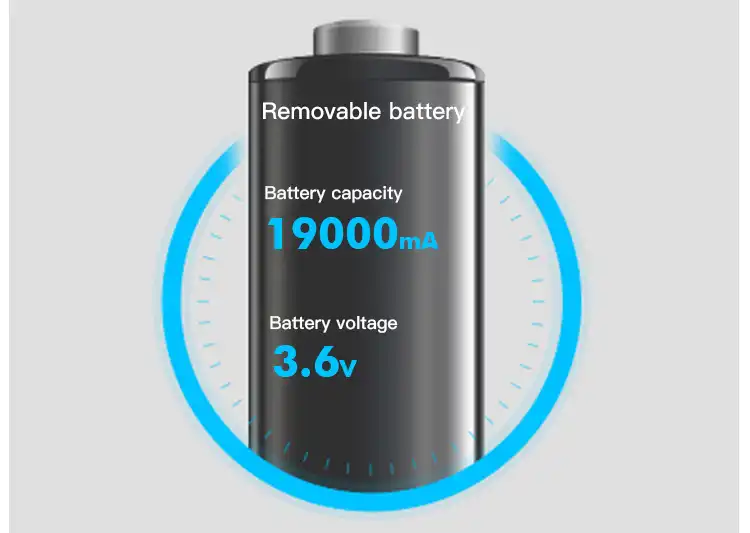
- Expected battery life and replacement frequency
- Availability of energy harvesting options
- Power-saving features such as adjustable transmission intervals
Choose a sensor with a power solution that aligns with your maintenance schedule and operational requirements.
Wireless Communication Protocol
The choice of wireless protocol affects range, power consumption, and compatibility. Consider:
- Required transmission range
- Data rate and frequency of transmissions
- Compatibility with existing systems and networks
Common protocols include LoRaWAN, Bluetooth Low Energy (BLE), and Wi-Fi. Select the one that best fits your specific needs.
Data Integration and Analytics
Consider how the sensor data will be integrated into your existing systems:
- Compatibility with your current data management platforms
- Availability of APIs or software development kits (SDKs)
- Data encryption and security features
Choose a sensor that offers seamless integration and robust data analysis capabilities to maximize the value of your pressure monitoring system.
Conclusion
Wireless pressure sensors are changing the way industries keep an eye on things by giving them real-time data, lowering maintenance costs, and making things safer in many areas. These flexible tools are becoming essential in modern industrial environments, from oil and gas to healthcare. Businesses may choose the best wireless pressure sensor for their purposes by carefully thinking about things like the pressure range, the environment, and the wireless protocols.
We should anticipate to see many more new uses and advances in wireless pressure sensor technology as technology keeps getting better. This will make more people want to use smart monitoring systems, which will make businesses more productive, cut down on downtime, and help them make better decisions.
Innovative Wireless Pressure Monitoring Solutions - GAMICOS
GAMICOS is a top company in pressure and liquid level measurement solutions. They offer the latest wireless pressure sensors for smart monitoring. The GPT2451 wireless pressure transmitter is very stable, can work at different temperatures, and can send data wirelessly in a variety of ways, such as SWSN, LORA, and 4G. GAMICOS sensors are great for many industrial uses since they use very little power, can work over long distances, and are straightforward to set up. We offer personalized solutions for your individual needs since we focus on our customers, provide expert support, and have a lot of experience in the field. If you want to know more about GAMICOS's new pressure monitoring systems, email them at info@gamicos.com.
References
1. Johnson, A. (2022). "Advancements in Wireless Pressure Sensing Technology for Industrial Applications." Journal of Industrial Automation, 15(3), 245-260.
2. Smith, B., & Brown, C. (2021). "Improving Efficiency in Oil and Gas Operations through Wireless Pressure Monitoring." Petroleum Engineering Review, 38(2), 112-128.
3. Lee, S., et al. (2023). "Integration of Wireless Pressure Sensors in Smart Manufacturing Environments." International Journal of Industry 4.0, 7(1), 78-95.
4. Garcia, M., & Rodriguez, L. (2022). "Wireless Pressure Sensors: A Comprehensive Review of Current Technologies and Future Prospects." Sensors and Actuators Journal, 29(4), 301-318.
5. Thompson, R. (2021). "Enhancing Water Distribution Network Efficiency with IoT-enabled Wireless Pressure Sensors." Water Resources Management, 42(3), 189-205.

Peter
Peter, Senior Sensor Technology Consultant, has 15-year industrial sensor R&D experience. He specializes in the end-to-end development of high-accuracy pressure and level sensors and he firmly believe, precision isn’t just a spec—it’s a promise.
We're here to help — submit your request anytime!
Let us know how we can help solve your pressure level measurement challenge.
Recommended Blog
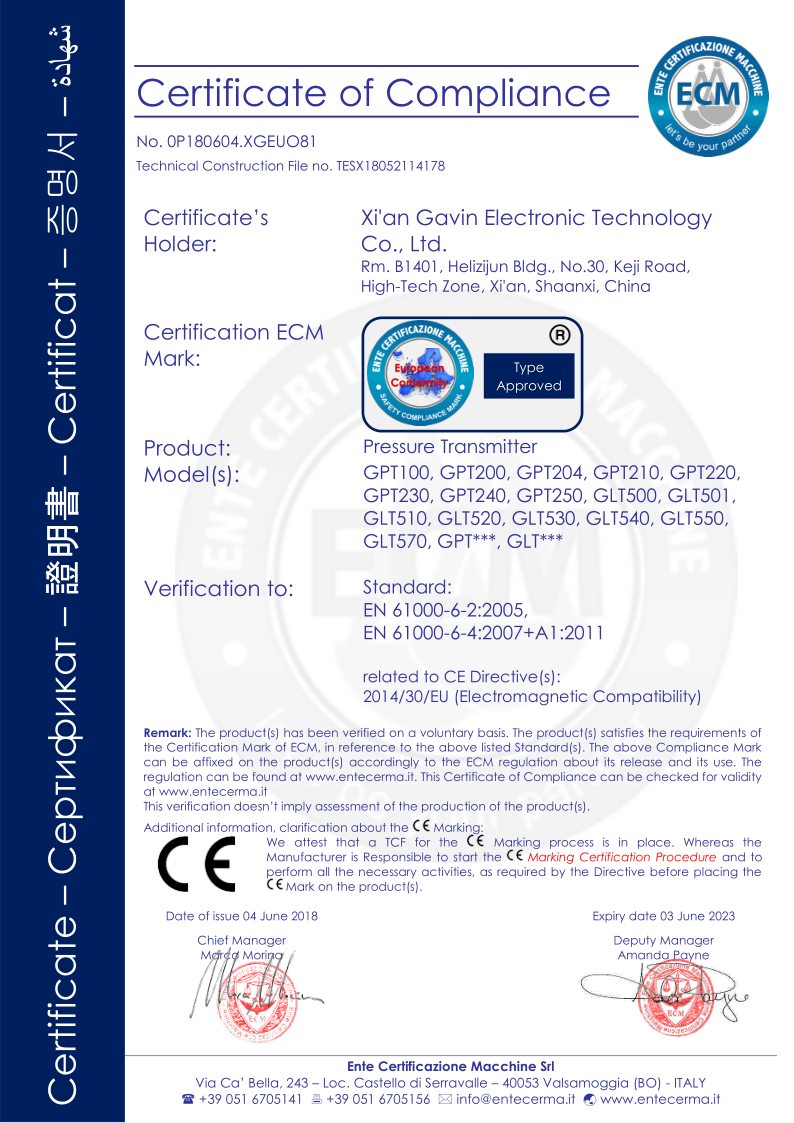
_1757930850792.jpg)
